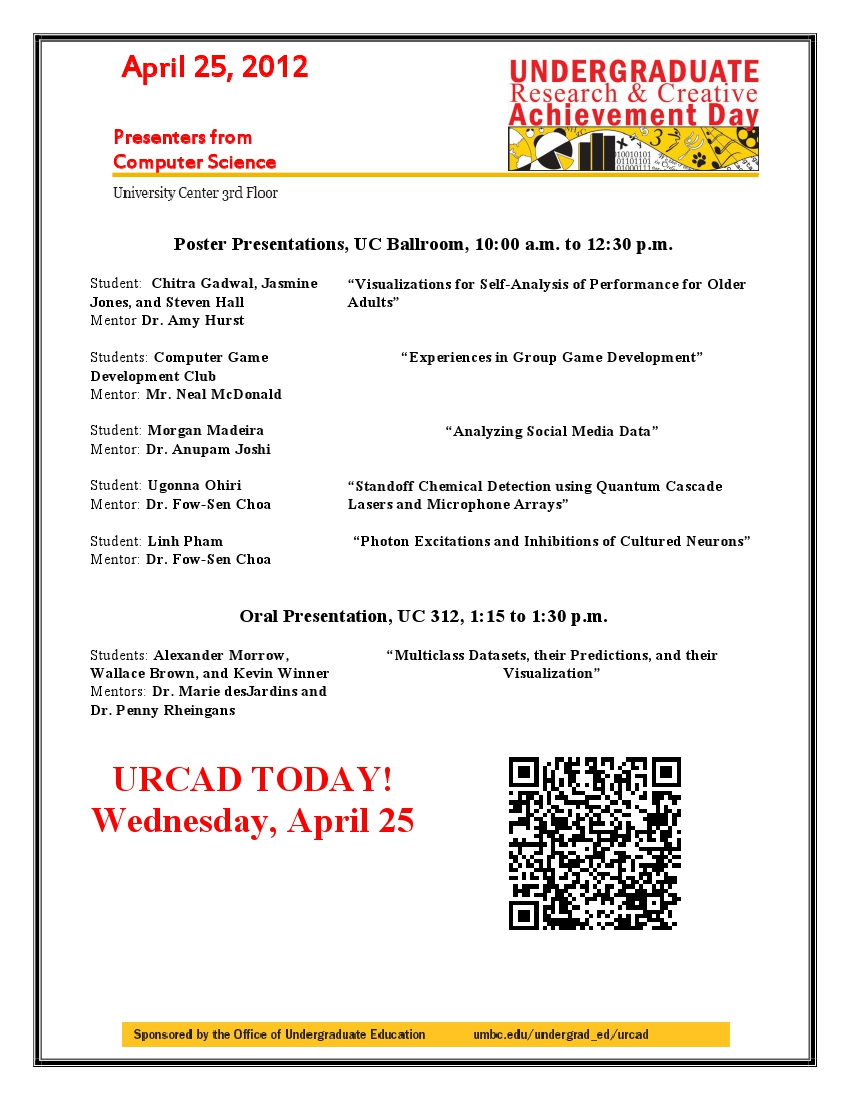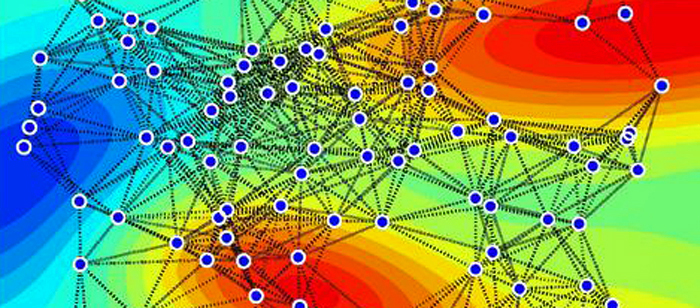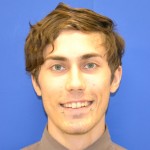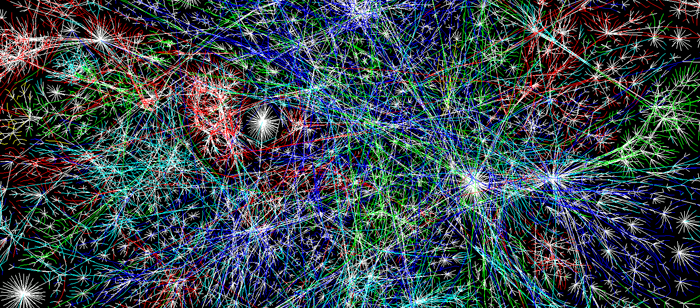 photo courtesy www.umbc.edu/gsa
photo courtesy www.umbc.edu/gsa
More than two-dozen Computer Science and Electrical Engineering graduate students are slated to present at the Graduate Student Association's annual Graduate Research Conference (GRC). The GRC will be held this Friday, April 27 and features a keynote presentation from Dr. Michael I. Nishimura, a UMBC alumnus who now works at Loyola University Chicago as a professor in the Department of Surgery, the Associate Director of the Oncology institute, the Associate Director of the Cancer Center Translations Research, and as Program Director of Immunologic Therapeutics.
This year, the CSEE presence at the GRC is even stronger than it was last year, when three CSEE students were awarded for outstanding presentations. The honorees were Varish Mulwad who received an award for an outstanding oral presentation on his dissertation research entitled "Generating Knowledge from Tables," Kavita Krishnaswamy who received an award for an outstanding oral presentation on her thesis research entitled "Path planning a roboticarm efficiently," and Akshya Iyengar who received an award for an outstanding poster presentation for her thesis research entitled "Estimating Temporal Boundaries of Events using Social Media Data".
Take a look at the list below, which includes the 27 CSEE graduate students who will present at the GRC this year.
Check out some photos from last year's conference.
Click here for a printable list of CSEE presenters.
Oral Presentations
Location: Sondheim 203
“Noise Reduction in AIRS Infared Earth Observing Radiance Grids using the Obscov Algorithm”
David Chapman, Milton Halem, Phuong Nguyen, and Jeff Avery
Time: 9:00 a.m.
“Heart Disease Prediction Model: A Data Mining Approach”
Soma Das
Time: 9:15 a.m.
“Measuring the Pulse Duration of Ultrafast Lasers”
Jared Dixon
Time: 9:30 a.m.
“Using Deceptive Packets to Increase Base-Station Anonymity in Wireless Sensor Network”
Yousef Ebrahimi and Mohamed Younis
Time: 9:45 a.m.
“SmartRate: A Rating Interpretation Mechanism for Agents in Smart Grid Markets”
Yasaman Haghpanah
Time: 10:00 a.m.
“Visualizing Changes to Directory Structure to Support Digital Forensics”
Timothy Leschke
Time: 10:15 a.m.
“Extracting Semantic Linked Data from Tables”
Varish Mulwad
Time: 10:30 a.m.
“Automatic Identification of Prescription Drugs Using Shape, Imprint, and Color”
Adrian Rosebrock
Time: 11:00 a.m.
“An Optical Sensor for a Ceramic Water Filtration System for the Detection of E.Coli Using a Microfluidic Chip”
Serina Woods
Time: 11:15 a.m.
Poster Presentations
Location: Albin O. Kuhn Library: 7th Floor
“Witness-based Saboteur Detection in Multi-agent Systems”
Petr Babkin
Time: 11:00 a.m.
“Entity Linking and Disambiguation for Smartphone Platforms”
Anurag Korde
Time: 11:00 a.m.
“Third-order Quadratically Converging, Quasi-Newton Optimization”
Rory Mulvaney
Time: 11:00 a.m.
“Supervised Learning Techniques for Predicting Risk of Breast Cancer using Genetic Information”
Aniket Bochare
Time: 11:12 a.m.
“Prostate Cancer Prognosis using Genomic Data”
Rohit Kugaonkar
Time: 11:12 a.m.
“Using Supervised Techniques for Classification of Conventional Data Items”
Nikhil Puranik
Time: 11:12 a.m.
“Surface Emitting Quantum Cascade Laser Array”
Xing Chen, Liwei Cheng, Dingkai Guo, and Fow-Sen Choa
Time: 11:24 a.m.
“Learning Sensitive to Multiple Sources of Costs”
Zachary Kurtz
Time: 11:24 a.m.
“Exploring Hidden Markov Model for Semantic Activity Prediction”
Amey Sane
Time: 11: 24 a.m.
“Calculating Representatives of Geographic Sites across the World”
Ashwinkumar Ganesan
Time: 11:36 a.m.
“Older Adults Interactions with a Touch Table Top Display Space”
Galina Madjaroff
Time: 11:36 a.m.
“Rendering of Smoke and Fire in a 3D Volume with Multiple Scattering”
Taekyu Shin
Time: 11:36 a.m.
“Chronic Disease Prediction: An Experimental Analysis Using the K-nearest Neighbor Algorithm”
Matthew Gately
Time: 11:48 a.m.
“Situation Aware Intrusion Detection Model”
Sumit S. More
Time: 11:48 a.m.
“Unsupervised Coreference Resolution for FOAF Instances”
Jennifer Sleeman
Time: 11:48 a.m.
“Towards an Intuitive Query System for DBpedia”
Lushan Han
Time: 12:00 p.m.
“Link Prediction Using Frequent Subgraphs”
Maksym Morawski
Time: 12:00 p.m.
“Modeling Motheye Antireflective Structures for Increased Coupling through As2S3 Optical Fibers”
Robert J. Weiblen
Time: 12:00 p.m.
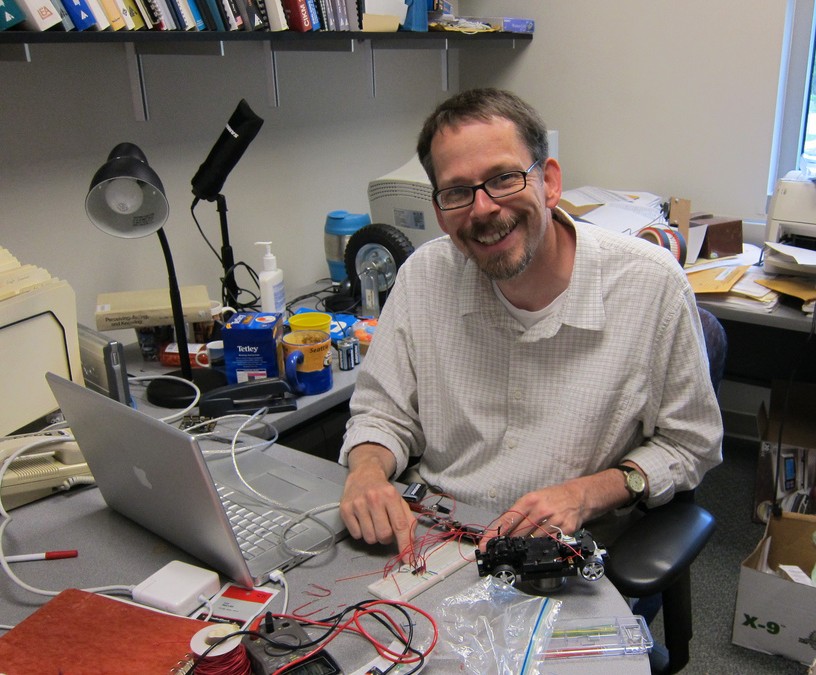 The Computer Science and Electrical Engineering Department wishes to extend its congratulations to Dr. Tim Oates for his promotion from associate professor to full professor.
The Computer Science and Electrical Engineering Department wishes to extend its congratulations to Dr. Tim Oates for his promotion from associate professor to full professor.

